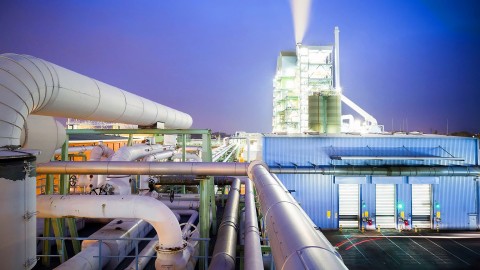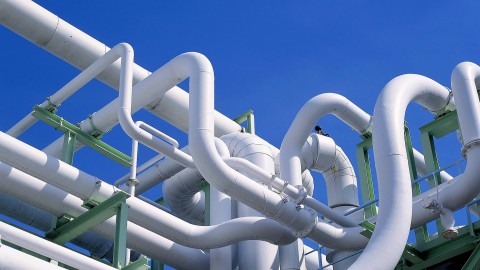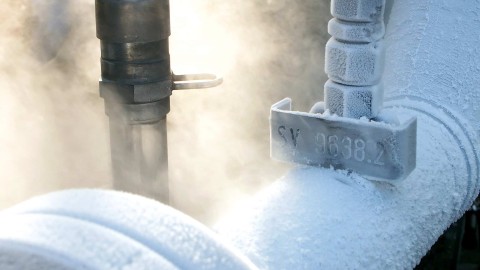R-1234yf and its properties
This article serves as a helpful overview for operators of refrigeration systems that already use R-1234yf or, if necessary, have to be retrofitted to R-1234yf from the old R-134a refrigerant. It provides a basic description of R-1234yf and its properties. It also touches on the known issues with this fluorinated refrigerant.
Information about R-1234yf
R-1234yf is a refrigerant with a chemical designation of 2,3,3,3-tetrafluoropropene or HFO-1234yf. It is a hydrofluoroolefin (HFO) and thus a low-GWP refrigerant. It is a combustible gas that does not deplete the ozone layer and has a low GWP (global warming potential) value of 4. This advantage and its thermodynamic properties, which are comparable to those of R-134a, make R-1234yf a popular alternative to R-134a.
R-1234yf was controversial at its launch because of its – admittedly low – flammability and the hydrogen fluoride it produces during combustion. However, it is now used in the air-conditioning systems of almost all new passenger cars in the EU.
Current situation
Prices of R-134a have skyrocketed by as much as 400-plus percent as a result of the phase-down requirements of the F-Gas Regulation . In the coming years, the regulation stipulates a gradual and significant reduction of F-gases with a high global warming potential by reducing the CO2 equivalents available on the market within the EU. This has made R-134a increasingly difficult to obtain as manufacturers switch to producing more environmentally friendly refrigerants that are not subject to volume restrictions.
However, as actual demand for R-134a continues (it can still be used in used vehicles), we can expect to see further substantial price increases as the refrigerant becomes scarcer and scarcer. We expect that consumers will increasingly switch to an alternative refrigerant.
R-1234yf as an alternative to R-134a
Since end consumers now pay more for R-134a (which used to be quite inexpensive) and have to pony up a lot for its alternative, R-1234yf, there is a risk of a gray area emerging in the repair, service and maintenance sector. It should be noted that the law requires car manufacturers to state which refrigerant they have used.
If a refrigerant other than R-134a is filled into the air-conditioning system, the vehicle’s type approval expires automatically. If, however, the type approval were to expire when converting to an alternative like R-1234yf, auto repair and maintenance shops might begin to switch to flammable hydrocarbons (e.g., propane or isobutane) at lower cost. The (illegally) filled agent might then be declared incorrectly, posing unforeseeable safety risks during future repair and maintenance work.
It is also not safe to use a flammable refrigerant (R-1234yf, hydrocarbons) instead of a non-flammable refrigerant (R-134a) in an existing system without taking further precautions.
The refrigerants R-450A (GWP = 605) and R-513A (GWP = 631), both with an A1 classification, can be considered as alternatives when retrofitting existing systems. For new systems, the use of "low-GWP" refrigerants (usually with an A2L rating) or natural refrigerants such as propane (A3) or carbon dioxide should be examined.



